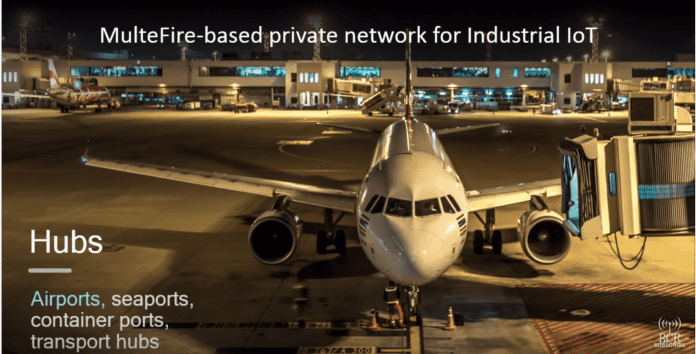MulteFire is a technology for deploying LTE in unlicensed spectrum that was developed by U.S chipmaker Qualcomm. This new technology allows the standalone use of LTE in unlicensed spectrum.
“MulteFire delivers LTE-like performance with WiFi-like deployment simplicity. This technology creates new business opportunities that allow existing and new vertical markets to deploy and benefit from the LTE technology and ecosystem,” Neville Meijers, Vice President of Business Development at Qualcomm Technologies, said during a presentation at the Enterprise IoT Summit, which took place in Austin, Texas, earlier this year.
“This technology is built around LTE but it is not a replacement for a wide area network. It does not compete with LoRa or Sigfox,” the executive said.
MulteFire can be used to deploy mobile broadband data services and support Voice over LTE. It can support handovers among cells in a small-cell deployment and is capable of interworking with external mobile networks for service continuity, according to a technical paper on the technology.
MulteFire may enable enterprises or cable companies to launch their own LTE networks using unlicensed spectrum. Qualcomm expects to see MulteFire adoption within industrial verticals such as shipping ports, mines and airports where large enterprises don’t have licensed spectrum and want more mobility than Wi-Fi typically provides, combined with LTE characteristics such as improved security. MulteFire is also anticipated to be a connectivity option for internet of things deployments.
Meijers also said that MulteFire supports customized networks and services. “Private MulteFire networks are controlled by company, provides local coverage and can offer customized services. MulteFire can also create “public” networks which are controlled by service providers and provide generic voice and data services,” Meijers said.
The executive also said that some of the key performance advantages of this new technology include capacity, coverage, LTE-bases security and industry-grade reliability, among others.
Meijers added that this new technology could offer a number of connectivity benefits for Industrial IoT, mainly in airports, seaports, container ports and transport hubs, factories, warehouses, power plants and refineries.
According to Qualcomm, the industries addressable by private IoT with LTE/MulteFire are Hospitals & Labs, discrete manufacturing, Military, Oil & Gas Upstream, shipping ports, transportation venues, distribution warehouses, Oil& Gas Downstream, Mining, Power Generation and water treatment facilities, among others.
Qualcomm demonstrated the first over-the-air connection of MulteFire in October of last year. The MulteFire Alliance released its 1.0 version of the specification in January 2017. Qualcomm expects to see initial lab trials by the end of the year and early next, with some field trials based on testing prototypes.
Aside from Qualcomm, member companies of MulteFire Alliance include infrastructure vendors such as Nokia and Huawei; cable companies including Comcast and Charter Communications, as well as cable industry research and development organization CableLabs; Cisco, Ruckus Wireless and Boingo Wireless, and Softbank.

